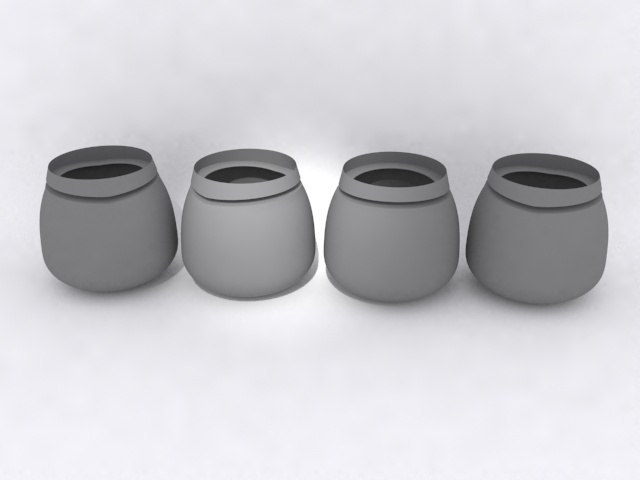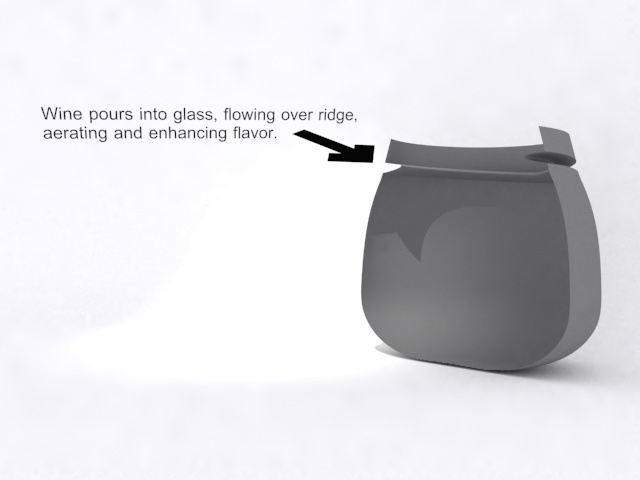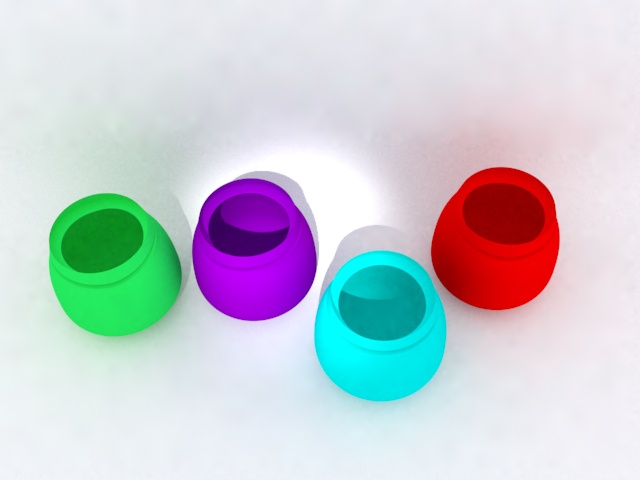The Four Cups of Wine Concept and Design Competition challenged designers to create a set of four wine cups that are expressive of the roadmap to freedom inspired by the promises and imagery in Exodus 6:6-7.
We Were Slaves
“I immigrated to Israel from USSR more than 25 years ago. For many years beforehand my family, friends and I were fighting for a right of USSR Jews to live in Israel. Unfortunately some of my friends have paid a heavy price of being prosecuted and sent to a jail for their activity against USSR government. In soviet jail there were no proper glassware and often inmates were using plain tin cans instead of glasses. These tin cans until today are symbolizing for me the glasses of freedom by reminding me what price was paid for my own freedom.”
Passover is always a time to stop and remember what freedom means for each one of us. These time cans until today are symbolizing for me the fight for freedom by reminding me what price was paid for my own freedom and freedom of million Jews who made aliya to Israel from former Soviet Union during the last 20 years.
Boris Shpeizman
Tel Aviv, Israel
www.hotglassnews.com
עטייער מיין, אנדערן מיר גיסן
(“Pour me another, My Dear” from the Yiddish folk song “Dem Zeydna Nign”)
My piece is both a book and a box. Boxes are means to hold and keep objects for safety and storage. They are also meant to transport things. We all change and grow into different people, but hold onto traditions we grew up with. In this box, my book, I place the 4 cups of wine for Peysakh, so that I can always keep them with me. This represents the freedom I obtain as I go through life, changing my ideas about my Jewish identity. Having the ability to carry this tradition through different stages in my life, gives me the freedom to redefine the personal meaning of each of the 4 cups: taking out, delivering, redeeming and bringing. This freedom is important for not only my ever changing understanding of Jewish self, but also the evolution of the Jewish people as a whole.
Shifra Whiteman
Chicago, Illinois
Freedom Expanded
The four cups I designed give a physical representation to the concept of freedom, a central theme in the Passover Seder celebration. My goblets, fashioned from the classic expandable cup, demand the celebrants’ active participation in order to transform the useless rings into a practical vessel.
The design is intended to provoke the question of one’s personal commitment to changing the abstract concept of freedom into a reality.
Each of the four cups, designed in ascending order and engraved with one of the terms of redemption, represents the four stages which transformed an enslaved people into a free nation, as retold every year at the Seder. The design and use of a ready-made cup, usually associated with travel and impermanence, recalls a distant past but at the same time inspires our own personal contribution to freedom today.
Ken Goldman
Kibbutz Shluchot, Israel
Road To Freedom
The four cups of wine we drink at the seder are representative of the levels of freedom provided for us during the exodus. These glasses serve as an aesthetic reminder of our road to freedom. The deep groove cut unevenly into and around the glass is reminiscent of the ups and downs of the winding path from slavery to exodus. As with many events in life, hardship creates some of the maturity of our souls and finer elements of a personality. It is on the path to exodus that we prove our worthiness of it. Wine is a central theme in celebration of triumph in Judaism.
Representing this triumph; in this design, the character of the wine is enhanced when poured on the very line that represents the oft difficult road to freedom. The flavor of the wine is brought out through the aeration process as the groove inside the glass disperses the wine, oxygenating it further. The triumph is that much sweeter when we have worked for it, and here the road to freedom is the same object which beneath the surface enhances the flavor of the wine.
The glasses may be produced from translucent glass, or frosted glass in white, or a variety of colors.
David Orlansky
Brooklyn, New York





0 Comments